[Editor’s note: the following speech by Minister for Culture, Community and Youth, Mr Lawrence Wong, was delivered as a response to Dr Ben Tan’s speech entitled “Emerging gaps in Singapore’s sports participation”. Both speeches were made on 19 January 2015 at a sitting of Parliament.]
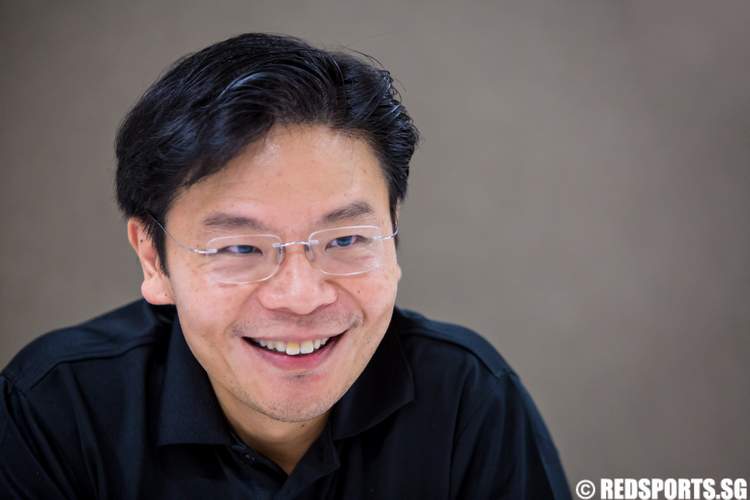
Minister for Culture, Community and Youth Lawrence Wong delivered a parliamentary response to Nominated Member of Parliament Dr Ben Tan’s speech on emerging gaps in Singapore’s sports participation. (Archive photo © Lim Yong Teck/Red Sports)
Deputy Speaker Sir, I thank Dr Tan for his observations and suggestions to improve sport participation in Singapore.
2. Dr Tan spoke of several emerging gaps in sport participation and trends of concern in our sport culture. These were in fact surfaced in the extensive conversations we did for our Vision 2030 Master Plan. That was the master plan for sports which we undertook in 2011.
3. I should highlight that the consultations also revealed many positive things. One of the things that struck me when we had those conversations was that Singaporeans do continue to have a strong interest in sport. It is not just the people who have experiences in the past and reminisce about the good old days. Young Singaporeans still continue to have an interest in sports. There is nothing like sports that continue to excite us, stir our passions, and bring our community together. And you can certainly see and feel that among the participants at the various sporting events and activities. There are many in our calendar. They are well attended, and you can feel the excitement among the participants at all of these events, be it a football game, or when we won at the recent Asian Championships for netball in the new Singapore Sports Hub. The crowd was cheering for Team Singapore and the excitement was palpable.
4. So I believe that many Singaporeans, young and old, continue to enjoy sports, and they want to get involved in sports. What they need is perhaps more opportunities to participate and to experience the joy of sports together.
5. This is why we launched ActiveSG last year as a national movement for sport. Through ActiveSG, we are bringing a wider range of sports programmes to the community, relevant for different skill levels and age groups.
6. For example, ActiveSG partnered the Singapore Athletics Association to introduce the Kids Athletics Programme that uses modified equipment such as lower hurdles, and foam javelins to develop their motor skills.
7. For seniors, we have weekly gym orientation programmes where we invite seniors to come to our gym and work out and we give them tips on how to work out with our gym equipment.
8. I agree with Dr Tan that we must continue to find more opportunities for older Singaporeans, active seniors to engage in sports and stay healthy. So when ActiveSG organised the Singapore National Games (SNG) last year, we made a special effort to reach out and to encourage many active agers to take part in the Masters category of the Games.
9. One of them is Mr Mike Ang, 60 years old, whom I met at the closing ceremony of the Games. He and his teammates participated in futsal. They are alumni of St Michael’s School, where they had been crazy about football since the ’60s. So they participated in football, and said that this is a good opportunity for them to relive their football days. They made it all the way to the quarter-finals before they got kicked out. But even so, he joked that if the match duration were longer, his team might have won. So clearly the competitive spirit was there, and I am sure he will be back again for the next National Games.
10. There also many ActiveSG programmes that we are running to encourage busy Singaporeans to maintain an active lifestyle. For example, we have something called “urban trekking” – it is basically walking, but you use walking poles, like ski poles, so it is like Nordic walking techniques for a full-body aerobic workout. We introduced this at five sports centres, and the response has been very good.
11. We are also organising more outdoor activities. That’s why we launched the Sundays @ the Park, to bring sports programmes out of the gym studios into the neighbourhood green spaces, where they are convenient and accessible to the public, especially the seniors. We started off with just four parks, and have now gone into twelve. The programme is so popular at Choa Chu Kang Park that participation very quickly increased from 50 in the first session to about 250 residents now.
12. These are some examples of what we have been doing, particularly after Vision 2030 – the exercise we conducted in 2011. How do we know that all our efforts, including the ActiveSG programmes, are making an impact? I will share with you some indicators.
13. First, ActiveSG has grown quickly and steadily in its membership. Less than a year after its launch, it already has more than 670,000 members today. These are not passive members, but people who are actively using our sport centres and facilities, and participating in the diverse range of ActiveSG events, from learn-to-play sessions to sports camps and workshops.
14. For example, over the recent December holidays, ActiveSG organised an Inline Skating Competition at the Pasir Ris Sports Centre. This was a competitive event, but the parents we spoke to were less concerned about winning than being able to bond with their children. One parent, Mr Ang Jong Hiong, was grateful for this opportunity to bond with his son because they took part together in the father-son category, and requested for more of such family-friendly sport activities in the future. We see many of such parents and children groupings coming together to participate in our programmes. They are doing it not for the medals or the points, but they are doing it because they enjoy the game, and have the opportunity to spend quality time with their families. So this is one indicator of success.
15. Another indicator is that we see a change in the numbers and the profile of people coming to our swimming complexes.
16. In the past, the swimming pools were left very much to the more serious swimmers to do their regular training and laps. Now, we have more fun and innovative programmes in the pool, including aqua basketball, aqua spinning – which is cycling in the water which has less impact on the knees and are popular with the elderly. We also have flippa ball, a modified form of water polo. It is a junior version, so it is good for the kids.
17. With all these programmes, we are seeing an increase in the number of people coming to the swimming pools, and also a change in the profile – more families spending their weekends at our swimming complexes.
18. This reminds me of what one of our sports pioneers, Mr C Kunalan, told me when I launched ActiveSG last April. He said that he hoped ActiveSG would kick-start a new trend of families having a sporty life instead of just spending weekends at the shopping centres. Now I don’t want to cause more problems for the retail market, but I do believe we are making progress in shifting mindsets and if we continue in these efforts, we can shape new and positive habits towards sports participation.
19. Third indicator, we know from our surveys that the overall sports participation rate is, in fact, on the rise.
20. Dr Tan cited the National Sport Participation Survey (NSPS) in 2011 where the proportion of Singaporeans who exercised at least once a week dropped to 42 per cent (from 50 per cent in 2005).
21. The NSPS is done once every five years, and so the next one is due in 2016. But, in the years in between, we’ve done some annual surveys to get more updated data on sports participation. And our latest surveys for 2013 and 2014 show that the overall participation levels have gone up to above 60 per cent. We are not quite at [the level of] Finland, which is [at] 70-something per cent, but we are making progress. I think we should continue to make progress.
22. This is also consistent with anecdotal feedback, not just the surveys. In recent years, there have been many more sporting events. The calendar is filled with sporting events, for example, the running events have been on the rise. Apart from the serious marathons for the fitness buffs, you have many fun community runs, all of which are very well subscribed.
23. Cycling is another sport that is quickly gaining popularity, with the number of participants in the OCBC Cycle Singapore doubling from the 5,400 cyclists in its inaugural year to 11,500 cyclists last year.
24. These are several efforts of what we are doing to provide more programming opportunities for Singaporeans to participate in sports, and we are seeing some results.
Sport Facilities
25. Besides providing these programming activities through ActiveSG, we are also doing more to ensure there are sufficient spaces and facilities for sports to be carried out, particularly given our constraint of land.
That is why I have announced previously in Parliament that we are working on a long-term facilities master plan. We have five Regional Sports Centres mapped out for this master plan. Work has started on the Tampines Centre, and we’ve started planning for the one in Punggol. At the town level, we’re also adding new facilities – we are planning for a new sports and recreation centre in Sembawang.
We are progressively improving our existing facilities, like the Ang Mo Kio Swimming Complex.
On the local level, we are creating more sporting spaces in neighbourhood precincts. We have started work on our first Sports-in-Precinct (SIP) projects at Boon Lay, Jurong Spring, and Tampines, and we will gradually increase the number of such projects across Singapore in tandem with the implementation of Neighbourhood Renewal Programme (NRP), which is under MND.
To make the most of our limited land space, we are also working with the Ministry of Education (MOE) to open up the sporting facilities in schools for the public’s use during after-school hours. We have seen very good response to these Dual-Use Scheme (DUS) facilities, so we’re working with MOE to open more such facilities. For new schools, we are making sure that the facilities are built and designed with dual use in mind. For existing schools, close to half of them already have dual-use, operating on a dual-use model. Our aim is to eventually open up all school sport facilities for dual use, so that the sports facilities can be opened up for the public. This year, we are making progress by putting 15 more indoor sports halls and 10 more school fields.
Sport Participation in Schools
26. Dr Ben Tan raised several observations about the role of schools in promoting sport participation. I do not intend to go into the details here, since some of these are probably more relevant to address at the school level. But I want to assure the member that the Ministry of Culture, Community and Youth and MOE are working closely, together with Sport Singapore, to address the concerns raised by Dr Tan. I would like to share three broad areas where shifts have been made, particularly to address this issue of mindset and culture.
27. First, we want to actively expose our students to sports through a quality and rigorous Physical Education (PE) curriculum. Lesson time set aside for PE has been increased to at least two hours per week. MOE has revised its PE & Sports Development Framework in the past year, to emphasise holistic development and encourage lifelong participation in physical activities, so the idea is to give students opportunities to acquire fundamental motor skills, gain exposure to a variety of sporting experiences, and to participate recreationally in physical activities.
28. Second, MOE has replaced the Co-Curricular Activities (CCA) points system with a revised co-curricular recognition system that places more emphasis on participation. The new system recognises participation in sports activities outside school, such as those organised by Community Clubs and National Sports Associations. So under this new system, students who engage in recreational sports can also aspire to achieve good CCA records. Again, an important shift because this addresses some of the concerns that the member raised.
Sporting Opportunities for the Disabled
29. These things that MOE are doing, we can share more separately with the member. I will go straight to sporting opportunities for the disabled. We want sports to be inclusive, and we want to provide opportunities for all members of public to participate in sports.
30. We want to provide more support for para sports, for our athletes with special needs. In fact, we have enhanced our high-performance sport system to provide more support for all athletes, including para-athletes. In our system, we provide equal support to both able-bodied and para-athletes. For example, an athlete like Laurentia Tan, our paralympian who now receives about $90,000 of funding support a year in the form of stipends and grants to support coaching, competition, and equipment. So we are providing more support, not just financial support, but support in many areas.
31. For para-athletes like Nurul, who has spinal muscular atrophy, she sits on a wheelchair and uses a ramp to roll a ball to play boccia. We are working with Nanyang Polytechnic to research on the design of the ramp, so that we can improve the design and make it better for her.
32. This year presents us with a wonderful opportunity to inspire Singaporeans to sports participation, because we will host the SEA Games in June and ASEAN Para Games for the first time in December. We are working very hard to make sure we organise a good game for our friends from the region, but we also want to make sure that we leave behind a lasting legacy for the Games, for Singaporeans. This legacy must be one that we get more Singaporeans on to our journey of sports, participating in sports, supporting our Team Singapore athletes and, ultimately, Live Better through Sport.
On National Service and sporting heroes – an interview with Lawrence Wong (Part 1)

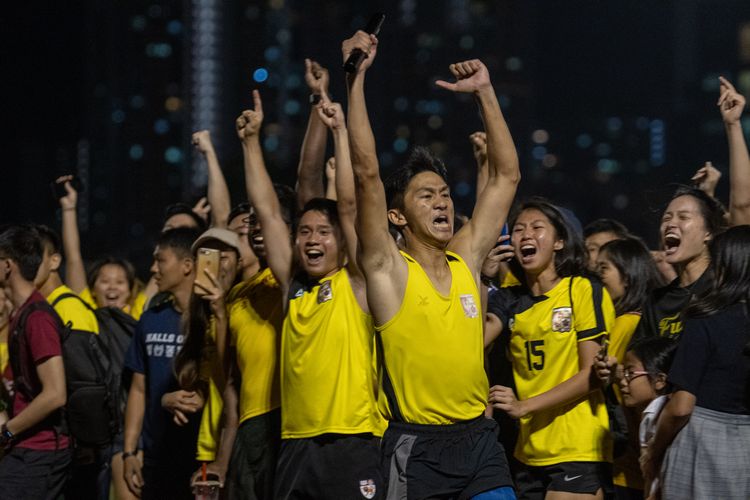
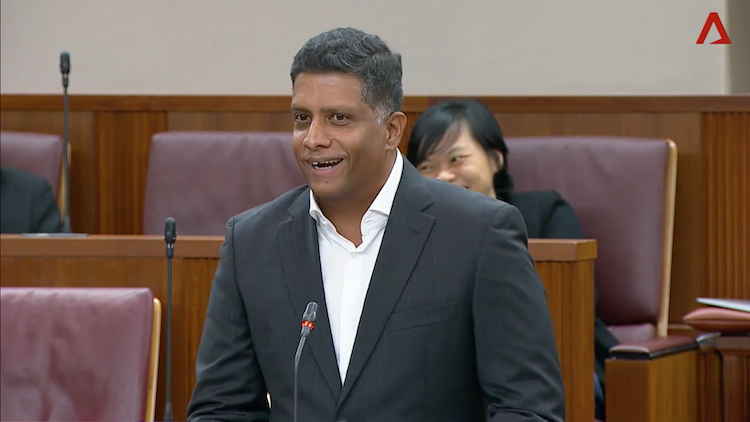
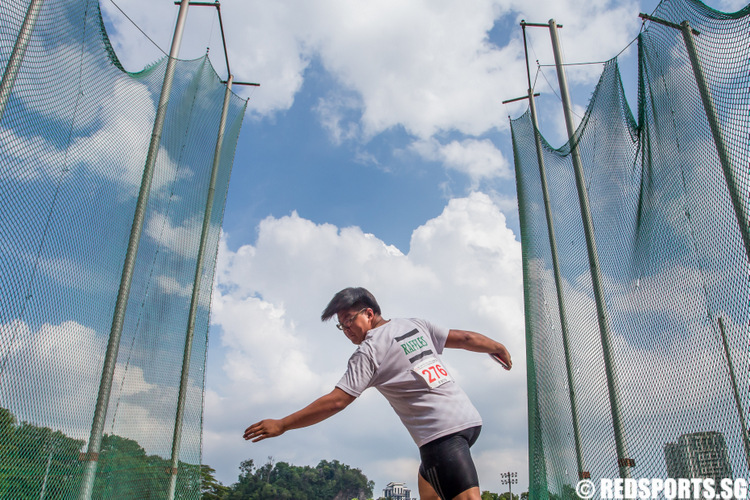
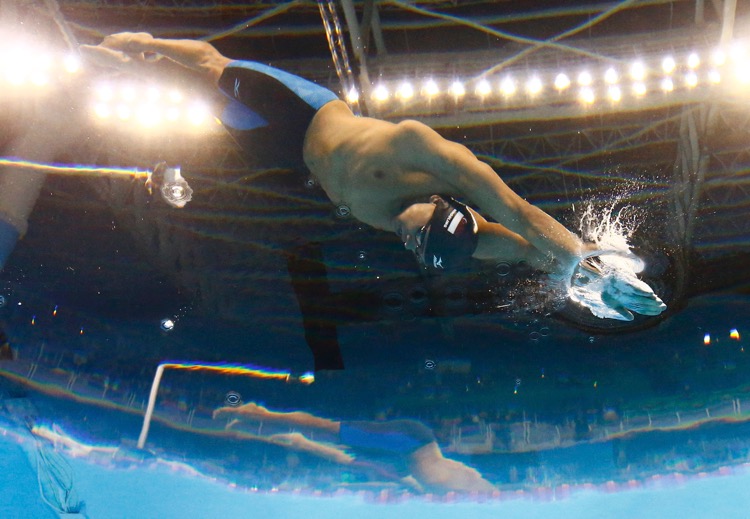

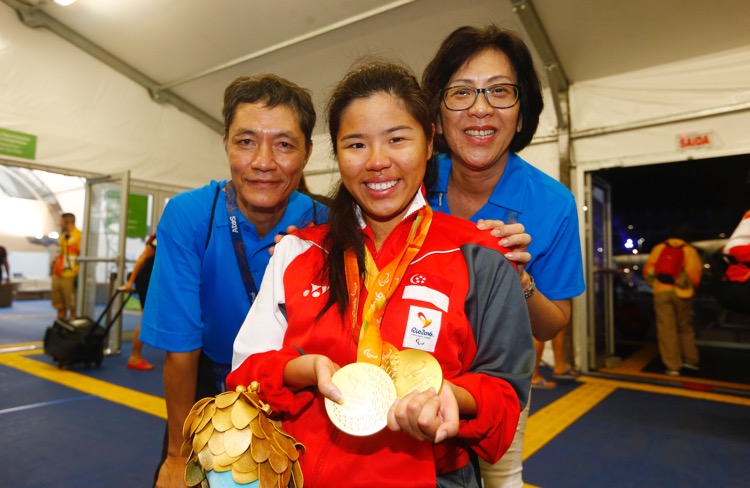
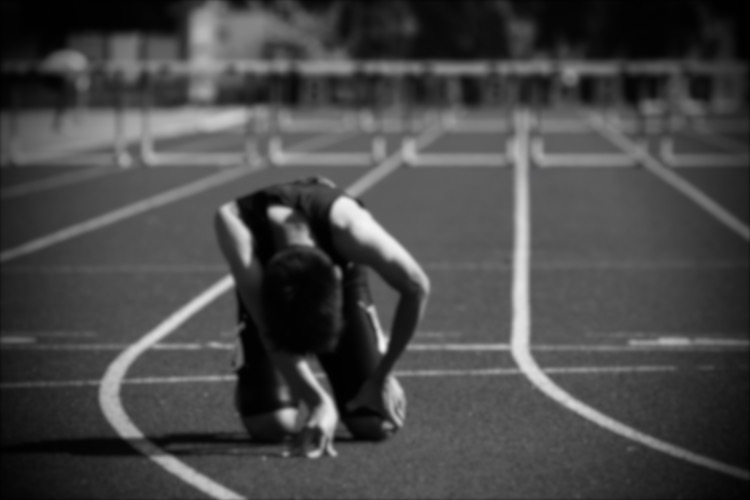
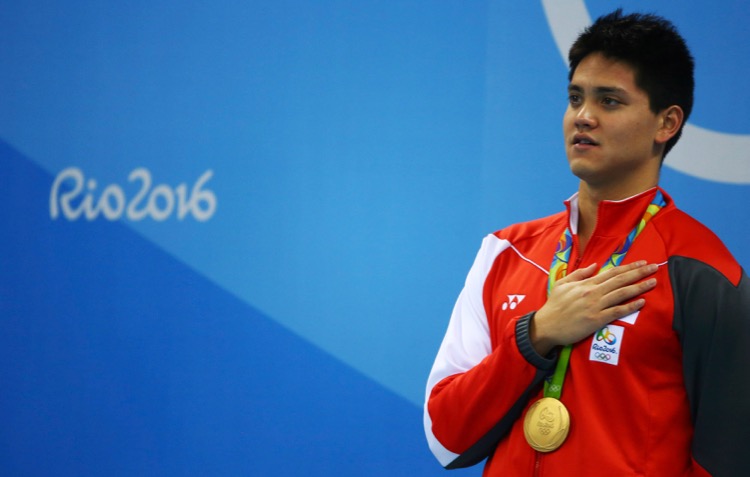
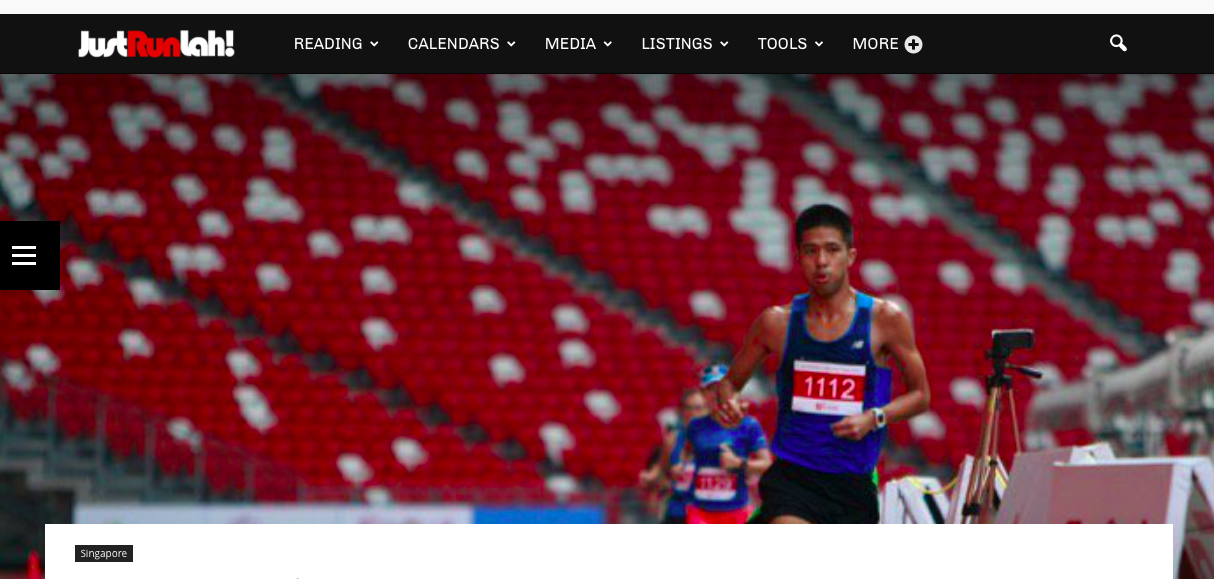
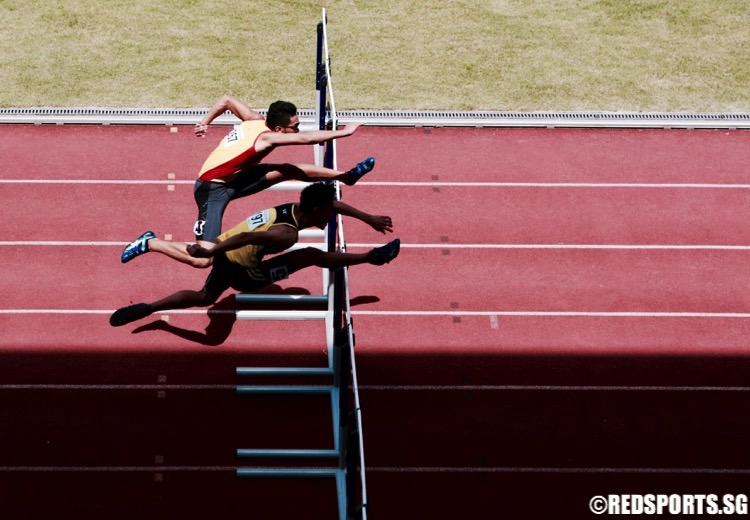
[…] posted with his permission. Minister for Culture, Community and Youth Mr Lawrence Wong delivered a parliamentary response to Dr Ben Tan’s speech at the same sitting of […]